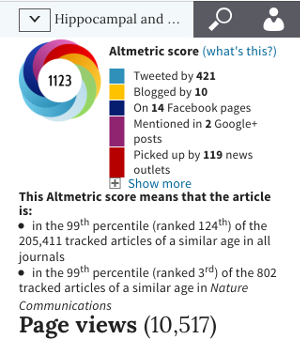I am the Head of Data Science, Cloud Infrastructure and Development at the Atlantic International Research Centre. I have been at the Earth Observation Lab (AIR Centre) - a laboratory of the European Space Agency (ESA) - since 2020, where I am responsible for:
- Senior project manager for building and setting up a data centre.
- Define and manage systems’ architectures for networking, storage and computation of the datacentre, which I set up as a hybrid cloud.
- Setting up and managing the ground segment of the Direct Receiving Station, which streams and processes Earth Observation satellite data in real time.
- Data science pipelines.
- Software Development, inlcuding web applications.
- Project management of various projects.
- Chief architect of the project Sistema de Alerta Pythomices Chartarum (which earned regional funding).
- Chief architect of the IoT network of the Azores.
- Chief architect of the Custodian system (which earned international funding).
- Coordinate the set up of the United Nations Environment Programme (UNEP) node GRID Azores
Between 2010-13, I was Chairman and Chief Product Officer of the startup Strategic Spatial Solutions Inc. which I co-founded in Berkeley, California.
- Led the board to deliver business strategy, while developing high governance standards.
- Definition of user requirements and use cases.
- Liaise with potential clients and final users.
- Software testing.
I am an alumnus of University College London, where I earned a PhD in architecture.
- I have (co-)authored scientific papers, including in Nature Communications
- I have over 18 years of experience in higher education in Europe, the UK, and the Middle East, where I was an Assistant Professor.
I am happiest while leading teams, strategising, playing with new ideas and stress-test them, brainstorming, creating systems architectures, exploring a new dataset, and writing code.
Selected Journal Articles
Book Chapters
Peer Reviewed
Sensors (2023) Joao Pinelo Silva; “Unveiling LoRa’s Oceanic Reach: Assessing the Coverage of the Azores LoRaWAN Network from an Island”. (DOI: https://doi.org/10.3390/s23177394)
Journal of Urbanism: International Research on Placemaking and Urban Sustainability (2020) Joao Pinelo Silva; “Park access policies: measuring the effects of the introduction of fees and women-only days on the volume of park visitors and physical activity in Bahrain”. (DOI: https://doi.org/10.1080/17549175.2020.1801489)
Journal of Architecture and Urbanism (2020) Fay Alkhalifa; Arnold Wilkins; Nehal Almurbati; Joao Pinelo Silva. “Examining the Visual Effect of Trypophobic Repetitive Pattern in Contemporary urban Environments: Bahrain as a Case for Middle East Countries. Volume 44 Issue 1: 44–51 (DOI: https://doi.org/10.3846/jau.2020.11142)
Architectural Science Review (2019) Joao Pinelo Silva; “Streets are forever: thermal coefficient of street orientation as a strategy to develop cooler street networks in hot climates. (DOI: https://doi.org/10.1080/00038628.2019.1703637)
Susan Roaf, Joao Pinelo Silva, Manuel Correia Guedes; (2019). Extreme Design: Preparing for a Different Future; Mediterranean Green Buildings and Renewable Ernergy Forum; (Med. Green Forum 5); September 3-5; Florence Italy.
Urban Design Journal (2019) Teresa Heitor, Joao Pinelo Silva; “Understanding urban changes through Space Syntax: The case of Lisbon”. Volume 1, Issue 02. (Chinese and English versions included in the same PDF file)
Joao Pinelo Silva; Motaz Mestarehi; (2019). Bahrain Parks: Baselining change for urban resilience; Conference Comfort at the Extremes Conference, 10-11 April, Dubai.
Joao Pinelo Silva; Motaz Mestarehi; Susan Roaf; Manuel Correia Guedes (2019). Siting considerations for a shelter in the extreme cold of Antarctica; Proceedings Conference Comfort at the Extremes Conference, 10-11 April, Dubai.
Manuel Correia Guedes; Alexandre Duarte; Joao Pinelo Silva; Motaz Mestarehi; Gustavo Cantuária; Bruno Marques; Nuno Silvestre; Susan Roaf (2019). Structural Design of a Movable Modular Shelter for Extreme Wind Conditions: A Study in Collins Bay, Antarctica; Proceedings Conference of the Comfort at the Extremes Conference, 10-11 April, Dubai.
Manuel Correia Guedes; Alexandre Duarte; Joao Pinelo Silva; Motaz Mestarehi; Gustavo Cantuária; Bruno Marques; Susan Roaf (2019). Thermal Performance of a Movable Modular Shelter for Extreme Cold Conditions: A Study in Collins Bay, Antarctica; Proceedings Conference Comfort at the Extremes Conference, 10-11 April, Dubai.
Susan Roaf; Manuel Correia Guedes; Joao Pinelo Silva (2019). Extreme design: Lessons from Antarctica; Proceedings Conference Comfort at the Extremes, 10-11 April, Dubai.
Joao Pinelo Silva, (2018); Assessing the impact of the introduction of fees and women-only days in parks in Bahrain. Elsevier conference Urban Transitions, Sitges-Barcelona, 25-27 November 2018.
Joao Pinelo Silva, Lamela, S.; Mestarehi, M. (2018). Towards a comprehensive description of the public parks of Bahrain. IEREK conference Green Urbanism, Rome, 5-7 December 2018.
Joao Pinelo Silva; Mestarehi, M. (2018), Bahrain parks Cloud Platform, Live Suit of Tools for Planning, Designing, and Managing Public Parks; Presented at IEEE conference ICT 2018, 15-16 November, Bahrain.
Joao Pinelo Silva; AbdulKarim, A.; Haji, S.; Mestarehi, M.; Lamela, S. (2018). Preliminary Quantification of the Passive Role of Solar Rooftop Shading in Bahrain: Towards energy reduction for cooling and energy resilience; Presented at conference Energy Resilience and Security, Bahrain, 14-15 October 2018.
Eva-Maria Griesbauer, Ed Manley, Daniel McNamee, Joao Pinelo Silva, Peter Allen, Jeremy Morley, Ricardo Silva, Hugo J. Spiers; (2018). Evidence of Hierarchical Route Planning in London Taxi Drivers; Workshop: Models and representations in spatial cognition; Spatial Cognition Conference 2018, September, Tubingen.
Joao Pinelo Silva, Motaz Mestarehi, Sonia Lamela (2017). Cloud Platform Bahrain Parks: Real-time Participatory Tool for Planning, Designing, and Managing Public Parks; IET Smart Cities Symposium 2018, Bahrain.
Cogent Social Sciences (2018) Joao Pinelo Silva, Aamal Z. Akleh; “Investigating the relationships between the built environment, the climate, walkability and physical activity in the Arabic peninsula: The case of Bahrain”. Volume 4, Issue 1. (DOI: https://doi.org/10.1080/23311886.2018.1502907)
Joao Pinelo Silva (2017); The Syntactic Signature of Starbucks' Locations: A machine learning approach to location decision-making. In: Heitor, T and Serra, M and Pinelo Silva, J and Bacharel, M and Cannas da Silva, L, (eds.) Proceedings of the 11th International Space Syntax Symposium. (pp. 171.1-171.8). Instituto Superior Técnico: Portugal
Joao Pinelo Silva (2017); Towards Statistical Significance of Configuration Models: New evidence of variance and bootstrapping. In: Heitor, T and Serra, M and Pinelo Silva, J and Bacharel, M and Cannas da Silva, L, (eds.) Proceedings of the 11th International Space Syntax Symposium. (pp. 170.1-170.16). Instituto Superior Técnico: Portugal
Joao Pinelo Silva, AbdulMajeed AbdulKarim, Shaker Haji, Motaz Mestarehi, Sonia Lamela, (2018); Preliminary Quantification of the Passive Role of Solar Rooftop Shading in Bahrain: Towards energy reduction for cooling and energy resilience; Presented at conference Energy Resilience and Security, Bahrain, 14-15 October 2018. DOI: 10.18502/keg.v3i7.3080
Gustavo Cantuária, Bruno Marques, Joao Pinelo Silva, Manuel Correia Guedes (2017); Low Energy, Low-Tech Building Design for the Extreme Cold of Antarctica. PLEA 2017 Edinburgh
Nature Communications (2017) Amir-Homayoun Javadi, Beatrix Emo, Lorelei R. Howard, Fiona E. Zisch, Yichao Yu, Rebecca Knight, Joao Pinelo Silva & Hugo J. Spiers; “Hippocampal and prefrontal processing of network topology to simulate the future”. Volume 8. (DOI: 10.1038/ncomms14652).
Joao Pinelo Silva (2016); Solar radiation and street temperature as function of street orientation: An analysis of the status quo and simulation of future scenarios towards sustainability in Bahrain; World Renewable Energy Conference 17 (WREC), 4-6 Dec. 2016 Bahrain.
Amir-Homayoun Javadi, Beatrix Emo, Fiona Zisch, Lorelei R. Howard, Yichao Yu, Rebecca, Knight; Joao Pinelo Silva; Hugo Spiers (2015); Boundary Transitions Drive Hippocampal Retrieval of Geospatial Topology; Memory Disorders Research Society (MDRS) 2015, Pembroke College, University of Cambridge (UK), 8-11 September 2015.
Amir-Homayoun Javadi, Beatrix Emo, Fiona Zisch, Lorelei R. Howard, Yichao Yu, Rebecca, Knight; Joao Pinelo Silva; Hugo Spiers (2015); The human hippocampus represents the topological structure of the environment during path planning and entering new fragments of space; Poster at the British Neuroscience Association (BNA) 2015 Festival of Neuroscience, 12-15 April 2015 Edinburgh.
Beatrix Emo; Joao Pinelo Silva, Amir H. javadi, Lorelei R. Howard, Yichao Yu, Ravi Mill, Laura Morrison, Rebecca Knight, Hugo Spiers; How spatial Properties of a city street network influence brain activity during navigation(2014); Poster at International Conference on Spatial Cognition, Bremen, Germany; 15-19 Sep. 2014.
Joao Pinelo Silva (2006); Land Use Location and Urban Topology: Exploring this relationship's relevance and an approach methodology; 8th International Conference Design & Decision and Support Systems in Architecture and Urban Planning, 4-6 July 2006, The Netherlands.
Teresa Heitor; Joao Pinelo Silva (2005); The spatial Congruence Effect: Exploring the relationship between spatial variables and functional vitality on Lisbon's prime office location. 5th International Space Syntax Symposium, Delft, Holland. 13-17 June 2004.
Link to PapersBook Reviews
Joao Pinelo Silva (2010); Frederico de Holanda's; Brasilia: modern city, eternal city; The Journal of Space Syntax; Ed.1, Vol 1.; p249-250.
Link to Book ReviewsWorkshops
Joao Pinelo Silva, Drew Dara-Abrams, Alasdair Turner (2011); Environmental Modeling, Including Social and Cognitive Factors in Design using Space Syntax; Workshop at International Conference The Death and Life of Social Factors; University of California, Berkeley, USA, 30 April 2011.
Joao Pinelo Silva, Alasdair Turner (2010); Environmental Modeling: Using Space Syntax in Spatial Cognition Research. Introduction to Depthmap 10. Workshop at International Conference on Spatial Cognition, 15-19 August 2010.
Joao Pinelo Silva (2007); What About People, do they matter?; Paper at Workshop at Conference on Spatial Information Theory (COSIT'07); Melbourne, Australia, 19-23 September 2007.
Link to WorkshopsMedia (Non-peer reviewed)
Article on specialized magazine: Joao Manuel Carvalho; Joao Pinelo Silva; Urban Morphology and Prime Real Estate: The merit of the congruence between accessibility and urban design. Arquitectura e Vida, 55, December 2005.
Ph.D. Architecture, University College London - Towards a Spatial Congruence Theory : how spatial cognition can inform urban planning and design. (non-published)
M.Sc. Built Environment Evaluation for Sustainability , Salford University - Building Assessment Methods: A study of implementation within the Portuguese context. (non-published)
Early-warning System
Early-warning System: Mobile version
The apps above are part of a larger suit. Please ask for details.
The risk level mapped is updated hourly.
The results of laboratory analysis mapped in the current sporulation tab are updated daily.
Outdated. Please ask for details.
Bahrain Parks
Bahrain Parks Web Appplication
Bahrain Parks Pro
Bahrain Parks Rate
Bahrain Parks Dashboard (best on 4k, 55"+ screen, under development)
Theese web applications have been created as part of the research project Bahrain Parks.
Motivation
The project reflects my interest on the built environment of the Kingdom of Bahrain.
Aims
Objectives
bahrainparks.org is developed in R-Shiny, and is was hosted on Amazon Web Services (AWS), now on Digital Ocean
Bahrain Parks Link
Outdated. Please ask for details.
Extreme Lodge main website
Extreme Lodge Web App
This web application was created as part of the research project Polar Lodge.
Outdated. Please ask for details.
OptiQuant
As a collaboration and mobile tool to carry out pedestrian counts, OptiQuant wouldn't make sense as desktop software, therefore it is available as software-as-a-service (SAAS)(cloud service). This means that it runs on a server and has two front ends: one for desktop and one for mobile platforms.
OptiQuant was created and funded by myself and developed with the technical support of Kevin Woolley.
Update Jan 2017: OptiQuant served well between 2012 and the end of 2016, but it has been decommissioned.
Optiquant Link
OptiQuantR
OptiQuantR is an R package built from scratch to make it easier for users of OptiQuant to analyze and report log data. While OptiQuant allows for quick data exploration through mapping and charting, it also allows for the download of counting data for further analysis on your elected statistical package or GIS. This package, OptiQuantR, extends this functionality even further by: a) allowing an inexperienced R user to create comprehensive reports, automatically; b) to do (some) data manipulation to customize those reports; c) by easing the log data into the R environment, the package removes all boundaries on the the possibilities for statistical analysis of the data (for the expert user).
R and R packages are officially held by CRAN (The Comprehensive R Archive Network). OptiQuantR is availbale from CRAN.
Update Jan 2017: With the decommisioning of Optiquant, OptiquantR has been archived on CRAN.
PedPlus
Outdated. Please ask for details.
The first effort towards a tool for automatizing manual pedestrian counts in which I was involved was PedPlus/PedCount, which was developed within startup Strategic Spatial Solutions Inc, co-founded with Drew Dara-Abrams and Vitor Schinazi. This was released under GPLv3 license. PedPlus is available on Github.
Study of Unpleasant Streets of London - online for short time span
Study of Unpleasant Streets of London - online for short time span
I have also developed several comprehensive dashboards. Please feel free to ask for links.
The lodge is a high-performance building for extreme low and high temperatures and is able to withstand hurricane-force winds. The lodge is a high-tech & low emmissions building for extreme climates which can be assembled by two persons.
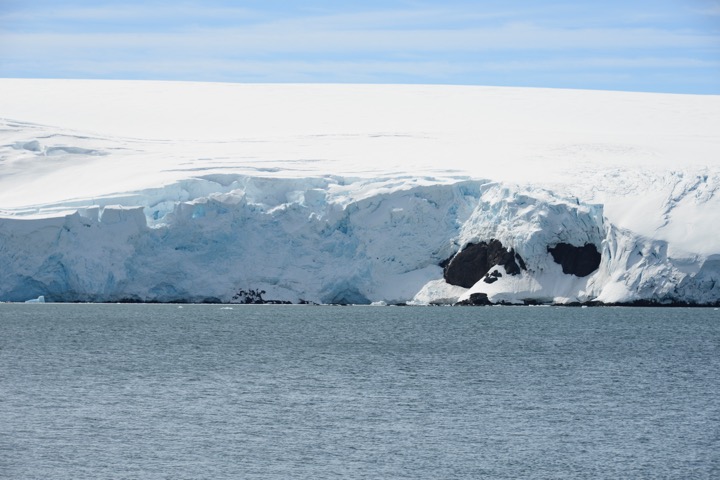
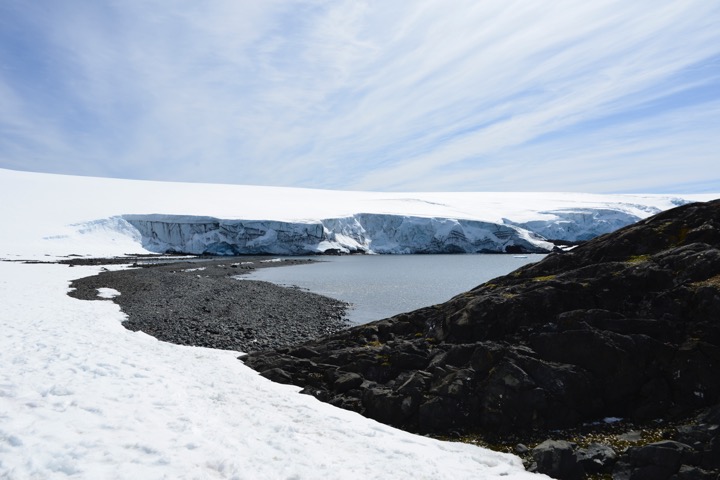
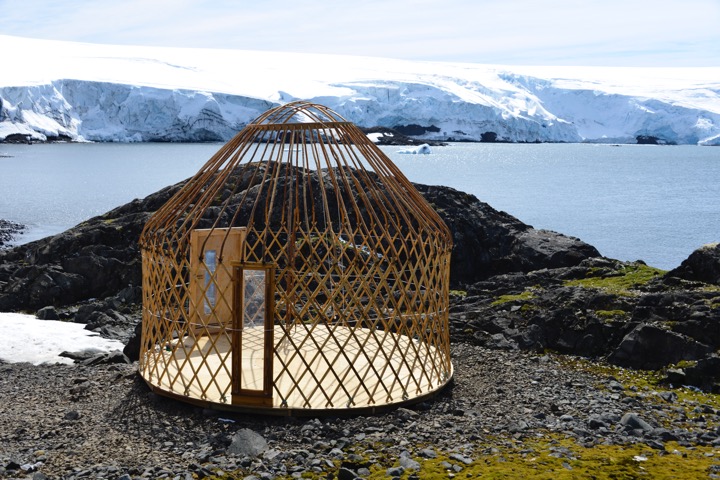

.
Infrared camera images

.
Project Coordinator
Team
Scientific Intitutions

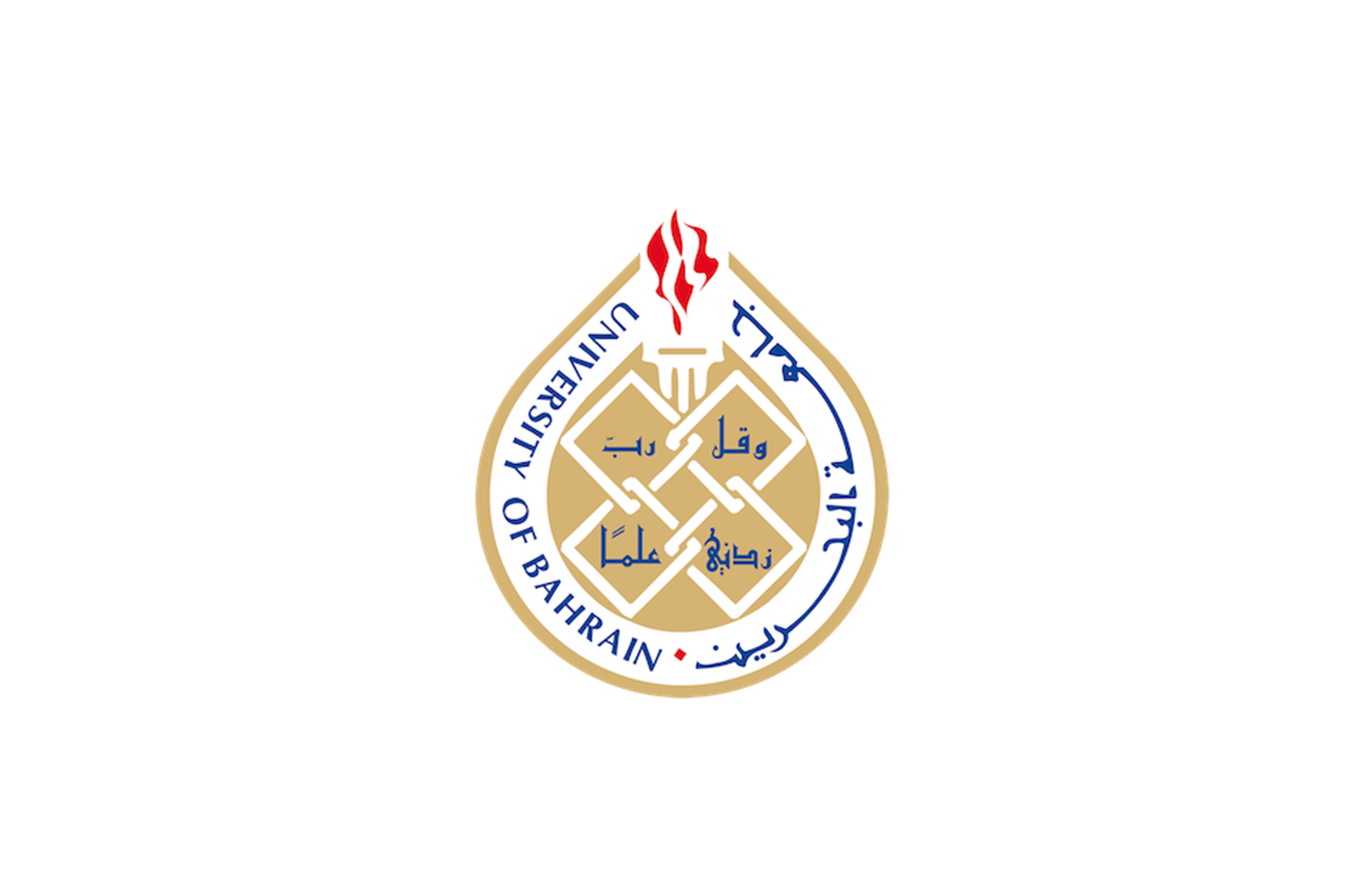
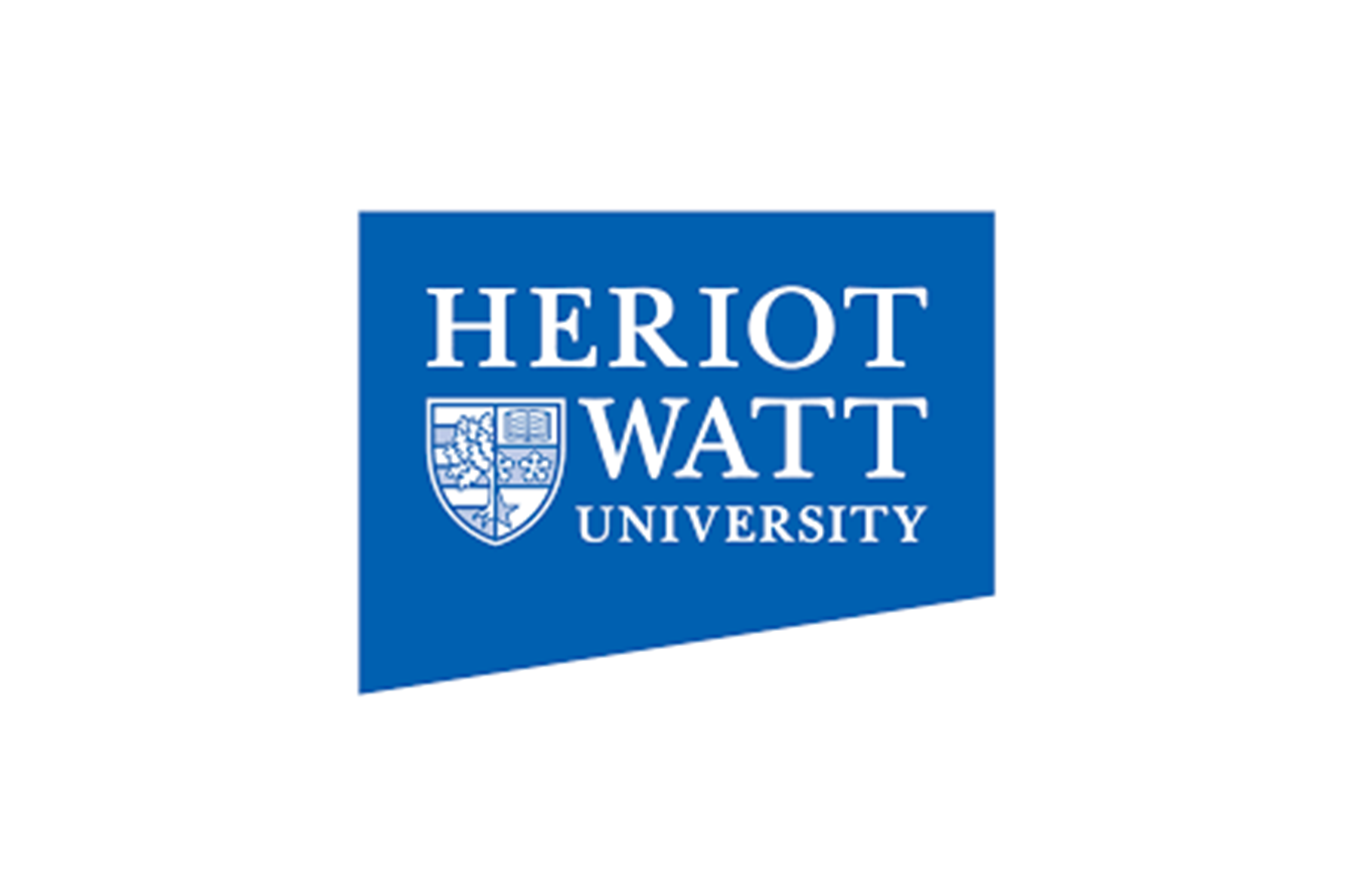

Logistical Support

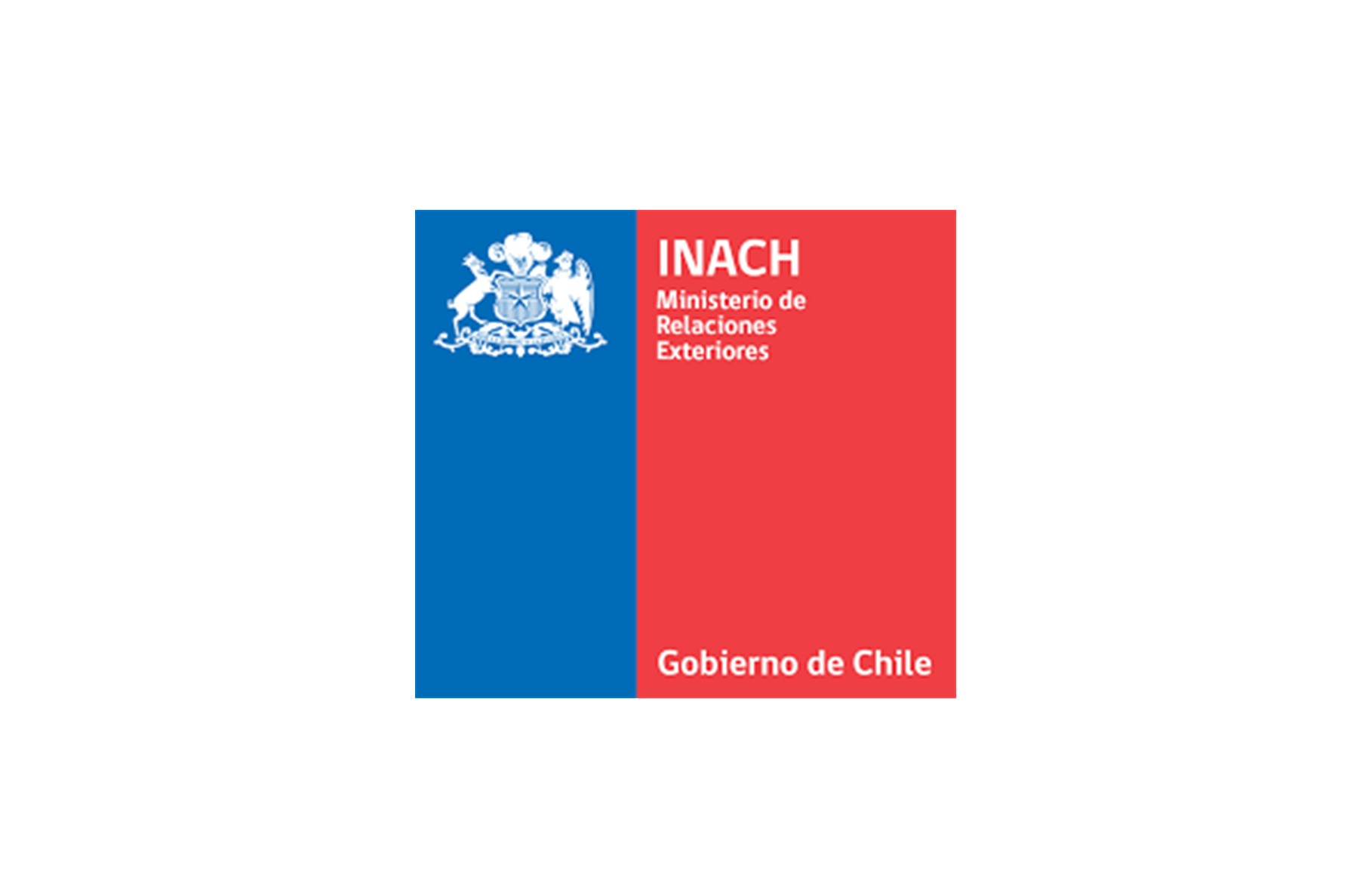
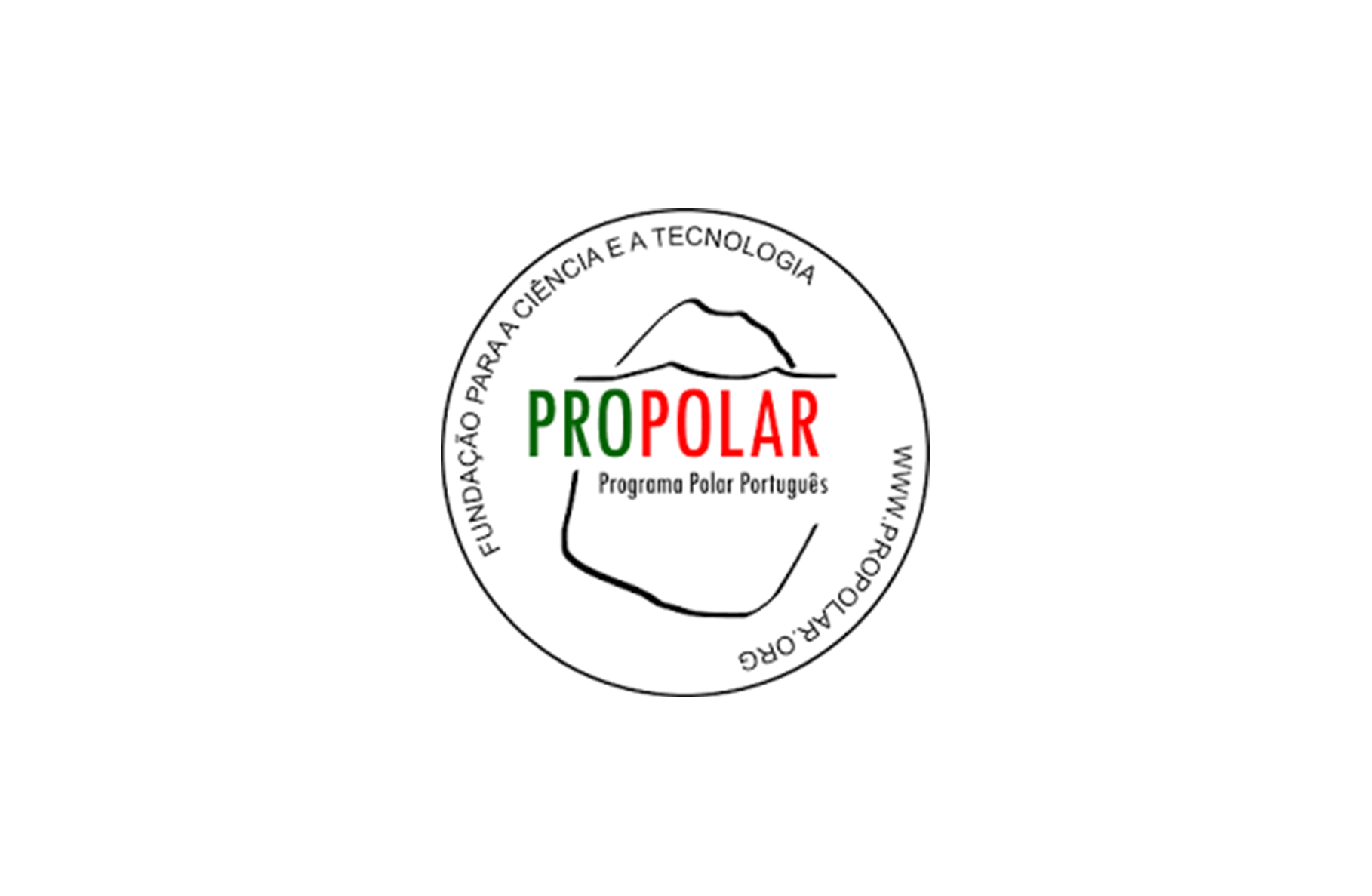

Technical partners / Sponsors
See more at www.ExtremeLodge.org And at www.ExtremeLodge.org/home/app/
Research Project Bahrain Parks (2016 - ongoing)
Funding
Outcomes
Web Applications
Publications / Conference Presentations
Research Project 12/2014 (2014/17) Characterizing Pedestrian and Vehicular Patterns of Movement on Traditional and Contemporary Bahraini Urban Structures
Funding
Research Ph.D. 2006/10 University College London (internship at Space Syntax Ltd.)
Funding
Outcomes
Research M.Sc. 2002/3 Salford University
Outcomes
